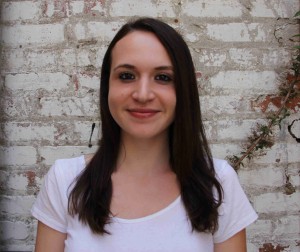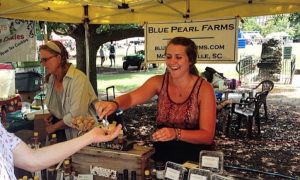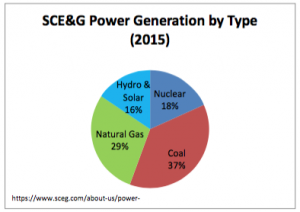Do It Yourself, the Story of a Dirtbag Landlord
Being in my final year at the College, I know all too well the workings of a dirtbag landlord. Like most of us calling the peninsula home for the majority of the year, I am often perturbed by the lack of quality affordable housing that exists downtown. I could go into a lengthy spiel about gentrification and it’s destruction of the culture that once existed in this city, but that’s a rant for another time. This blog post is centered around the dealings with of an unhelpful landlord and what it means to be self-reliant. Over the past few months my house has fallen victim to various problems including a leaking pipe under my kitchen sink to a broken fill valve in my toilet. Various calls and left voicemails have led to constant frustration with my current landlord. So I decided to take matters into my own hands. Luckily enough, I was granted a set a tools a few Christmases ago which have come in great hand when taking on various tasks around my house. With a little help from my handy dandy youtube app I can fix almost anything that goes array (besides the pesky squirrels that seemed to have taken up lodging in my attic).
Some basic tools that are good to have on hand:
-phillips head screwdriver
-a flat head screw driver
-an adjustable wrench
-a hammer
-duct tape
With these tools, most jobs are attainable even to the most novice handyman/woman
Being able to do things on your own is a big step to leading a sustainable lifestyle. Once you begin to recognize the systems that you rely on, you can begin to recognize how easy it is to take yourself out of those equations with a little self-taught know how. It can be really empowering after you have completed a task on your own. Even small tasks like changing a tire on your bike or repairing a pair or ripped shorts. Being able to do things for yourself can help things get done faster while also reducing the waste that is created by many of the systems we rely on.
WARNING: IF YOU ARE TO ATTEMPT ANY SORT OF ELECTRICAL OR PLUMBING WORK IN YOUR HOME, MAKE SURE TO DISCONNECT THE BREAKER OR TURN OFF THE MAIN WATER SUPPLY. IF YOU DO NOT FEEL COMFORTABLE DOING THIS SORT OF WORK CONTACT A LICENSED PROFESSIONAL.
-James Mulhern, Community Partnership & Sustainability Intern




















